Beijing's giant Daxing Airport to become the new gateway into China
Daxing's starfish-shaped terminal is central to restyling Beijing as an international transport hub.
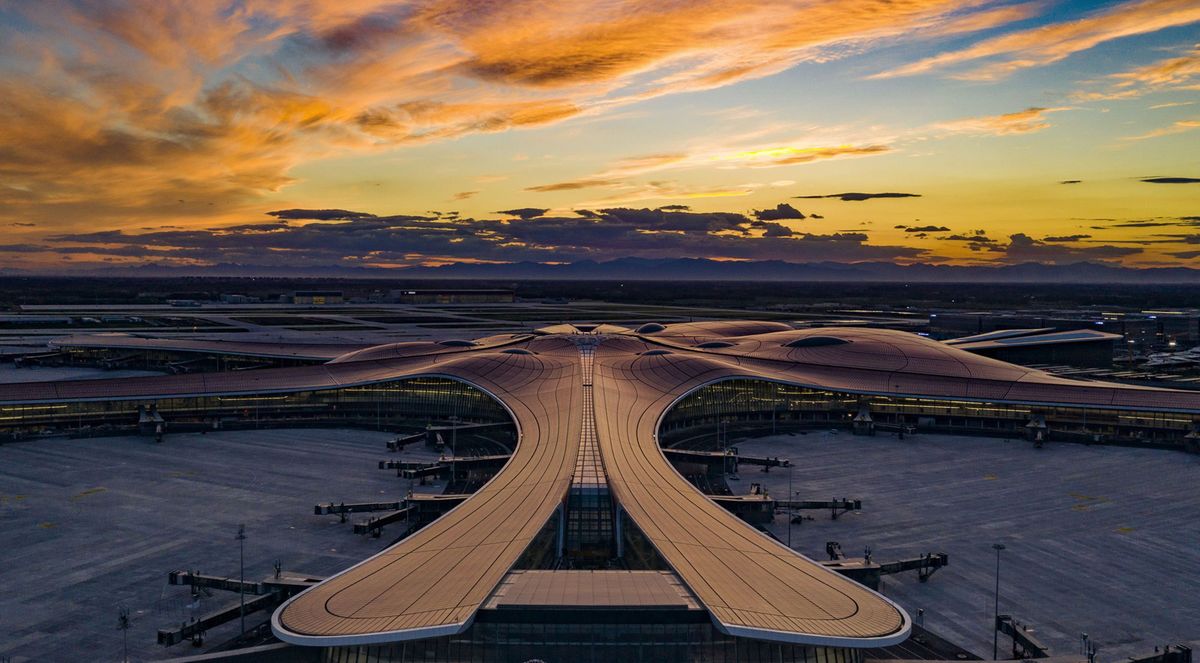
Just five years ago, Daxing was a dusty area of farmland to the south of Beijing, largely neglected by visitors to the city. That’s no longer the case, now that an enormous airport has emerged there to thrust China even closer to toppling the U.S. as the world’s biggest aviation market.
Beijing Daxing International Airport, an 80 billion yuan (US$11.2 billion) starfish-shaped structure hailed by state media as a “new gateway” to the country, opened this week, just in time for the People’s Republic of China’s 70th birthday.
A state-of-the-art terminal designed to eventually handle more than 100 million passengers a year is symbolic for President Xi Jinping, who faces a raft of challenges, including a trade war with the U.S., a slowing economy and mass protests in Hong Kong.
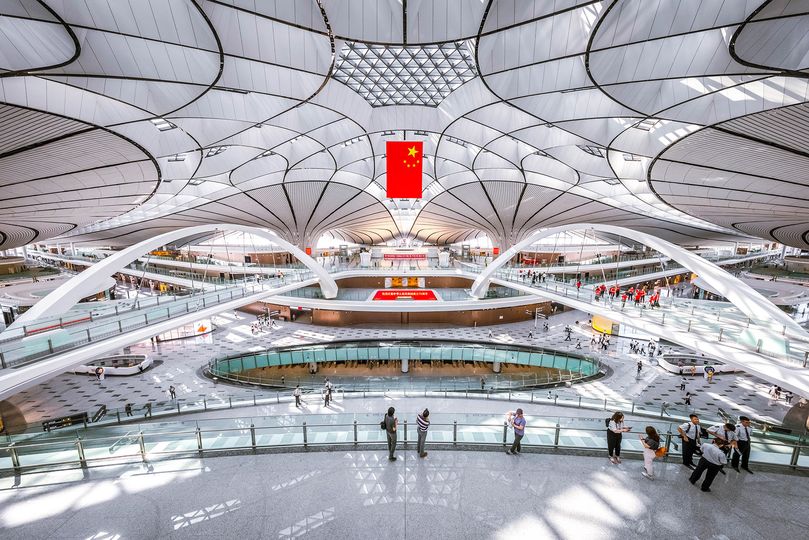
Xi has identified aviation as a key strategic industry. The president attended an official opening ceremony for the new airport, designed by the late Zaha Hadid, on Wednesday. Within two decades, annual passenger traffic in China’s skies will reach 1.6 billion, according to the International Air Transport Association, more than the country’s population today. China has set a goal of having 450 commercial airports by 2035, almost double the number at the end of 2018. It’s also developed a jet to compete with Boeing and Airbus.
The vast new airport should increase Beijing’s passenger capacity by 60% and help unclog the capital’s other international airport – the second busiest in the world behind Atlanta – to the north, which often has long delays despite a huge new terminal opening there ahead of the 2008 Summer Olympics.
Bottlenecks at Beijing Capital International Airport likely capped annual passenger traffic growth at an average of 4% from 2013 to 2018, Bloomberg Intelligence analyst Denise Wong said.
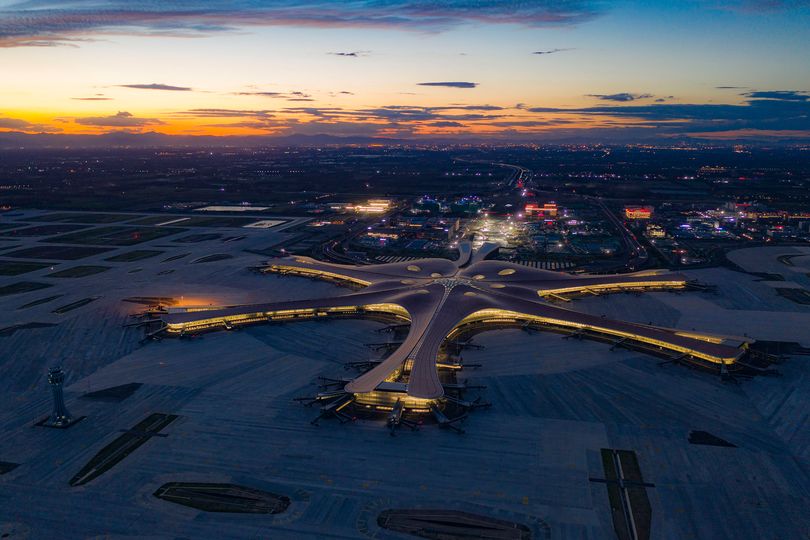
China has little option but to spend big and fast to have a shot at keeping up with demand. In its latest annual report on the commercial aviation market, Boeing said it expects airline passenger traffic in China to grow 6% a year. McKinsey & Co. says the extra slots at Daxing – which will initially have four runways and eventually seven, including one for military use – could open new direct connections to places such as San Diego.
Beijing now joins major cities including London, New York and Tokyo with more than one international airport. The high-speed rail connecting Daxing to West Beijing will begin operations at the end of the month.
“It can get 10 if not hundreds of new destinations connected to Beijing over the years,” said Steve Saxon, a McKinsey partner in Shanghai. “This is the power of having large connecting hubs.”
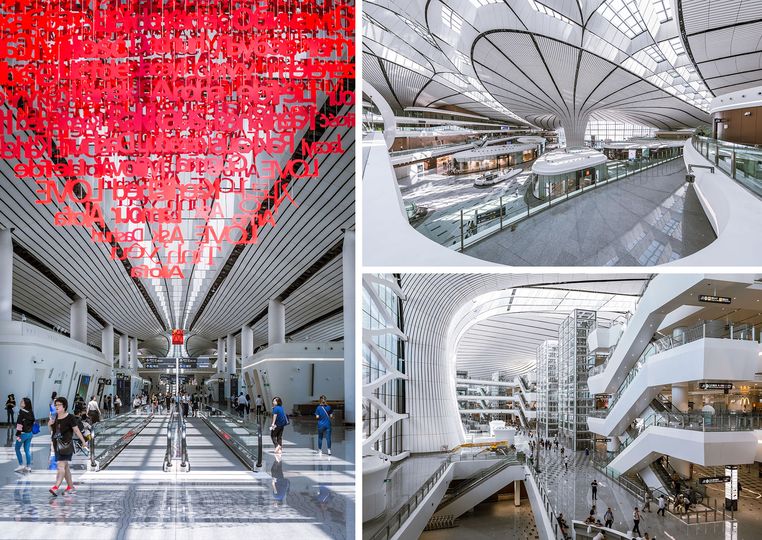
Daxing also upends the government’s traditional one-international-route-per-airline model that left long-haul services from Beijing in the hands of Air China. The new site will become a launchpad to Europe, Asia and beyond for the other two of China’s “Big Three” carriers: China Eastern Airlines and China Southern Airlines. They’ll both get their first-ever direct flights to cities including Paris and Moscow.
The goal is to restyle Beijing as an international transport hub as air travel surges with China’s expanding middle class and a greater desire to venture overseas. The opening of Daxing, which will also help closer integrate Beijing with Tianjin and Hebei, should put China on a stronger footing to compete with traditional transits such as Singapore and Hong Kong, as well as younger hubs like Bangkok, Seoul and Kuala Lumpur.
China still trails many major aviation markets in Asia in terms of connectivity, according to a report by OAG Aviation Worldwide published Tuesday. Singapore and Hong Kong are the region’s most internationally connected hubs, the report showed. Shanghai Pudong International Airport, China’s top entry, came in eighth.
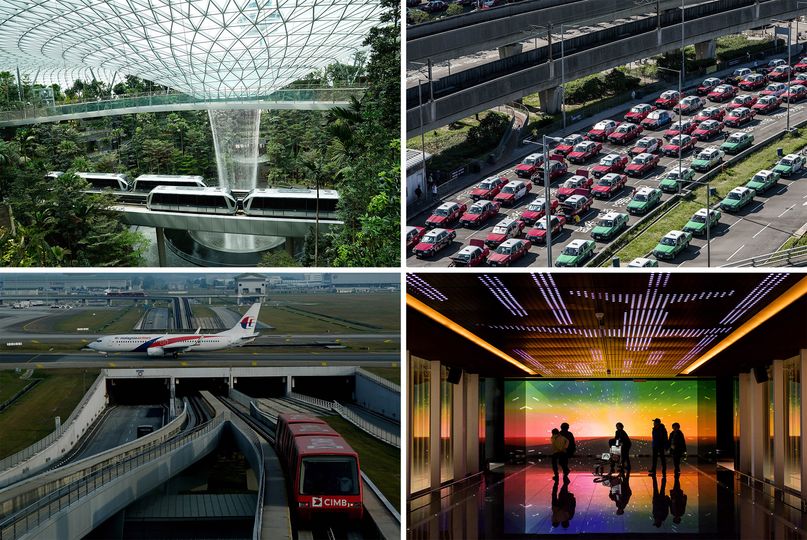
IATA expects 4.6 billion people to take a flight in 2019, a figure that will almost double to 8.2 billion in 2037 as flying penetrates deeper into the enormous populations of India and Indonesia. Daxing is just one of many airport projects underway in Asia, collectively costing more than US$100 billion, in a race to handle all those passengers. A new terminal opened at Shanghai Pudong International Airport on September 16.
The relaxation of China’s one-route, one-airline policy at Daxing will encourage Chinese carriers to apply for international routes once monopolized by their competitors, said Yu Zhanfu, a partner at Roland Berger Strategy Consultants in Beijing who focuses on aviation. “Beijing will be a good spot to take a break without making a big detour,” Yu said.
Among the tons of steel and glass at Daxing, passengers will find five traditional-style Chinese gardens with ponds, wooden pavilions and stone bridges. The new airport also has facial recognition and paperless check-in systems using technologies from companies including China Unicom and Huawei Technologies.
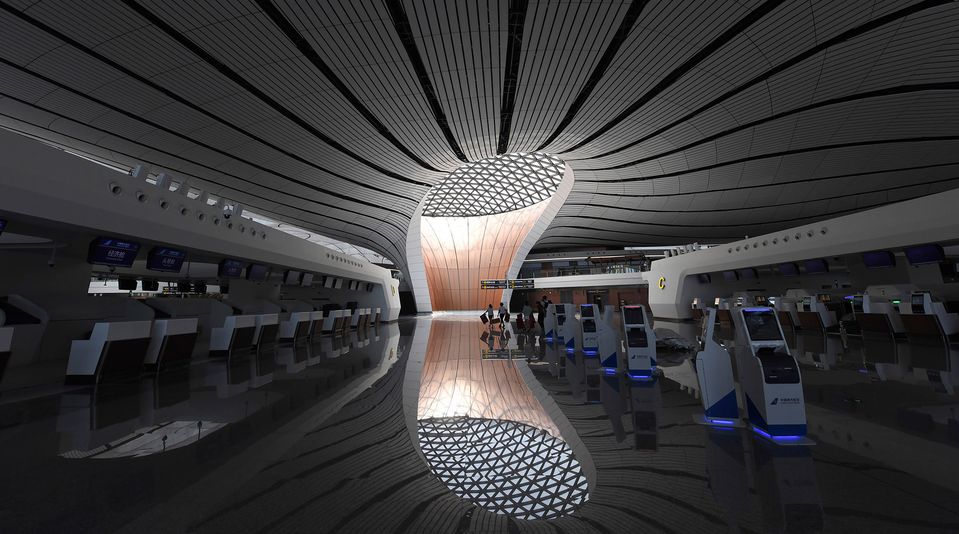
The Civil Aviation Administration of China is offering airlines incentives to use the new airport. They’ll get priority when it comes to obtaining rights for international flights, CAAC’s deputy director of transport department, Yu Biao, said in July. Foreign carriers can choose to operate in both airports in Beijing, or one of them, but those that switch to Daxing can acquire new routes or more convenient slots, Yu said.
Daxing expects one fifth of its passengers to be transfers by 2025. Among international flag carriers, British Airways said in July it plans to shift its direct Heathrow-Beijing flights to the new airport from October 27, helping it maximize a code-sharing agreement with China Southern. China Eastern has kept its Beijing-Shanghai route at the old airport, which is closer to the central business district.
“The next step will be for us to keep expanding new routes,” said CAAC’s Yu. “We’d like to see more foreign carriers operate in Daxing.”
08 Feb 2018
Total posts 161
Love how the most appropriate image of HKG is the thousands of taxis queued up!!
Cathay Pacific - The Marco Polo Club
11 Jun 2018
Total posts 25
Hahaha. noticed that
25 Oct 2017
Total posts 62
I guess they couldn't find a better pic of HK airport :)
Hi Guest, join in the discussion on Beijing's giant Daxing Airport to become the new gateway into China